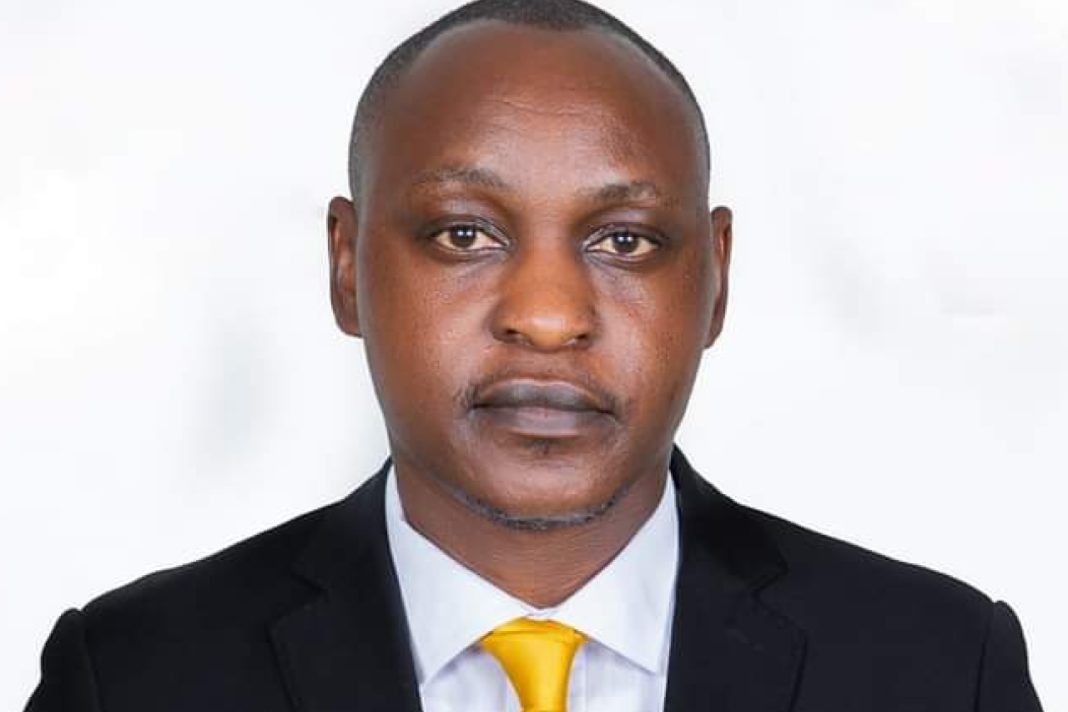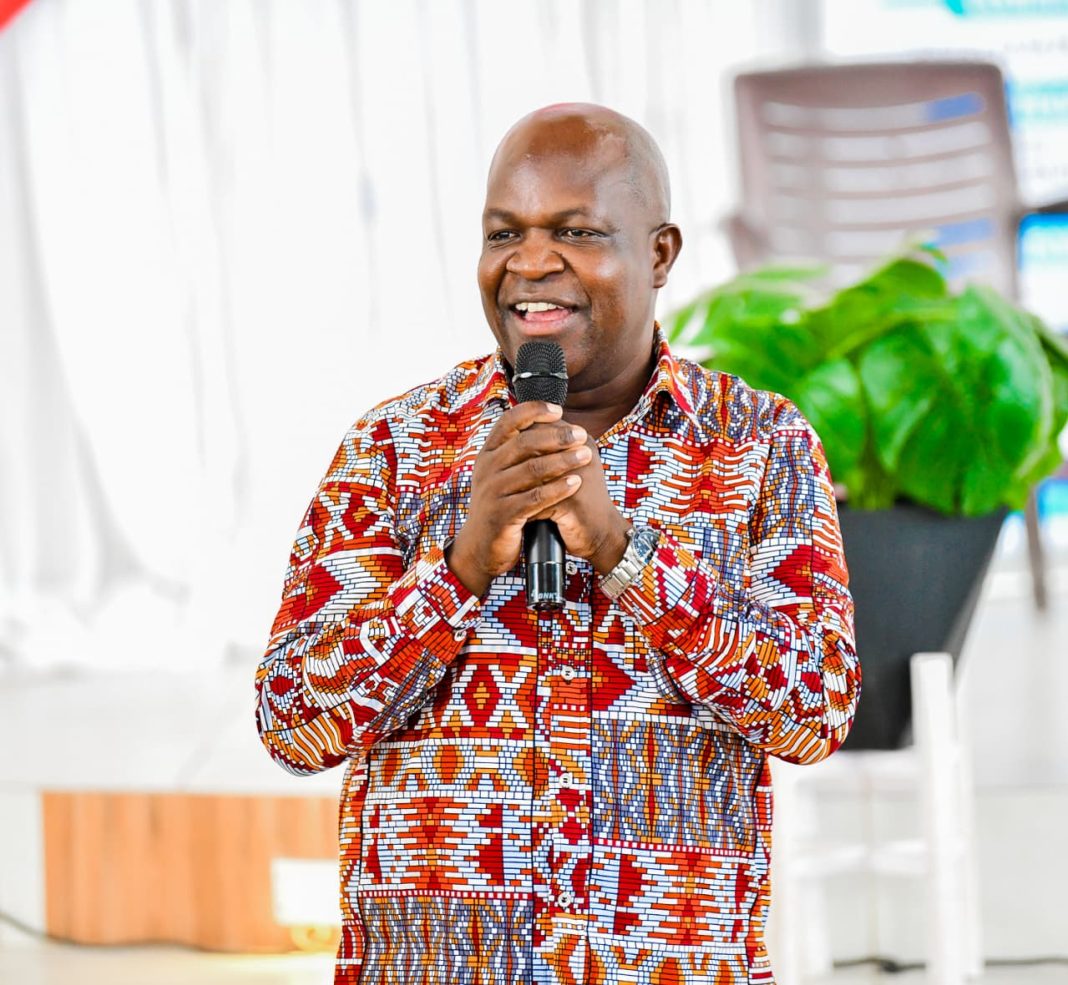By Anderson Ojwang
Governor Gladys Wanga is in the eye of a storm again. This time, it is about the alleged request for authorisation by the County Assembly to borrow Sh 1.4 billion for capital expenditure.
But a section of Members of the County Assembly (MCAs) are up in arms over what they allege are “cooked documents” by the Assembly granting the Executive authority to borrow.
The MCAs want the Speaker and the Clerk to produce the Assembly’s Order Paper when the motion was tabled and debated, which approved the request.
In a circular from the Office of the Speaker addressed to the County Executive Committee Member for Finance and Economic Planning, dated 25th July 2025, Ref. HBCA/ADM1/6/VOL.IV (50), captioned “Re-Authorisation to borrow up to Sh 1.4 billion”,
the Speaker, Mr Polycarp Okombo, wrote:
“Following a motion moved by Hon. Richard Ogindo and seconded by Hon. Bob Obondo dated 22nd July 2025, and approved on the same date, and based on the confirmation that all necessary conditions have been met, this letter authorises you to engage granters of credit to borrow up to Sh 1.4 billion to mitigate cash flow challenges within the county, pursuant to the provisions of Article 212 (b) of the Constitution and Section 142 of the Public Finance Management Act, 2012.
We acknowledge that the following conditions, as outlined in relevant legislation and procedures, have been fulfilled.
Nature of borrowing – A proposal detailing the nature of lending confirms its usage for capital expenditures only and adherence to established limits.
Executive Committee Approval – The borrowing proposal is accompanied by minutes and approval of the Executive Committee.
Draft loan agreement with clear costs – A draft loan agreement between the lending bank and the Executive is attached, outlining interest rates, bank charges and repayment schedules.
Concrete justification for the need to borrow – The County Executive Committee has provided a concrete justification for the need to borrow, explaining cash flow challenges and how funds will address them.
Competitive sourcing and best proposal – The County Treasury has demonstrated that the chosen lender was competitively sourced and offered the best available proposal.
This authorisation is granted based on the understanding that all the aforementioned conditions have been demonstrably met. You are empowered to finalise negotiations and execute the loan agreement on behalf of the County Government, ensuring responsible and transparent use of borrowed funds to address identified cash flow challenges.
This letter supersedes the prior written letter dated 15th April 2025. We urge you to continue exercising due diligence throughout the process and remain accountable for the effective utilisation of these funds for the betterment of the county and its residents.”
A recent audit report by Members of the County Assembly revealed failure by the government to implement multi-million-shilling ward-based development projects.
In the last financial year, according to the report by the Assembly Ward Projects Committee on the status of ward projects for FY 2024/2025, there was a failure to implement the projects as stipulated in the budget.
In the report, the Department of Roads, Public Works, Transport and Infrastructure was allocated Sh 400 million for the implementation of ward projects across the county, translating into Sh 10 million per ward.
The department reported that the road inventory and condition survey exercise had been completed and the final report compiled, and that the Cabinet had approved all the projects which were at the tender document preparation stage.
The Committee observed that all the projects were awaiting the preparation of tender documents; therefore, there was no project status report.
In the Health Department, it was allocated Sh 120 million for the implementation of ward projects across the county, with each ward having a budgetary allocation of Sh 3 million.
The department reported that 33 projects had been awarded, three were not responsive, four were completed, one document not returned, and two facilities were to be supplied with assorted medical equipment.
The Committee observed that six projects were completed, 20 projects were yet to start, 10 projects were work in progress, three projects were not responsive, and two facilities were awaiting supply and delivery of assorted medical equipment.
In the Department of Youth, Sports, Gender Inclusivity, Cultural Heritage and Social Services, Sh 40 million was allocated for ward projects for the upgrading of 40 playfields.
The department listed 40 playgrounds to be upgraded, but no project had been tendered and no work had commenced.
The Committee found that there was no tendering done, and so there was no project status report by the department.
The Committee’s general findings revealed late commencement of procurement processes for the implementation of most ward projects, leading to failure to actualise them.
Some projects had been completed, and others were work in progress, as reported by the Department of Health and Medical Services. This was in tandem with Article 43 of the Constitution of Kenya, 2010.
There was work in progress in the implementation of ward projects by the Department of Health and Medical Services, as a considerable number of projects were about to be completed.
Other departments such as Roads, Transport, Public Works and Infrastructure, and Youth, Sports, Gender Inclusivity, Cultural Heritage and Social Services gave no report on the status of project implementation.
This was occasioned by sluggish procurement processes, which is contrary to the dictates of Articles 56 and 174 of the Constitution of Kenya, 2010.
The County Government has also been in the public eye over a fake employment scandal that has left tens of residents losing millions of shillings in the racket.
Cartels in the County Government have been issuing fake appointment letters and UPN numbers to unsuspecting victims.
In the scam, 101 individuals had been integrated into the new HRS system but were not captured in the manual payroll.
Also, 107 individuals have UPN numbers but were not earning salaries, while 64 officers are working but lack UPN numbers.
Similarly, there are allegations of irregular appointments without competitive recruitment, nepotism and favouritism.
Another report also revealed that the Auditor-General found serious integrity and corruption issues at the Finance Department.
The report found discrepancies in salaries, payment of both special and basic salaries to some employees, failure by chief officers to account for human resources in their departments, unexplained removal and reinstatement of staff in the payroll, irregular health risk payments, and non-compliance with allowance guidelines.
The report revealed unexplained removal and reinstatement of staff in the payroll, which could have led to loss of money.
An analysis of the Integrated Personnel and Payroll Database (IPPD) for the period between June 2024 and November 2024, and the payroll for the period between December 2024 (when the HRIS payroll system was adopted) and May 2025, revealed that 430 individuals were being removed and returned to the payroll in different months of the year.
Further, sample files of these employees reviewed had no information or letters explaining the removal and return of their details in the payroll systems. The management did not provide any plausible explanation for the inconsistent appearance of these individuals in the payroll system.
As a result, it could not be confirmed if they are legitimate employees of the Homa Bay County Government — pointing to poor human resource management practices.




